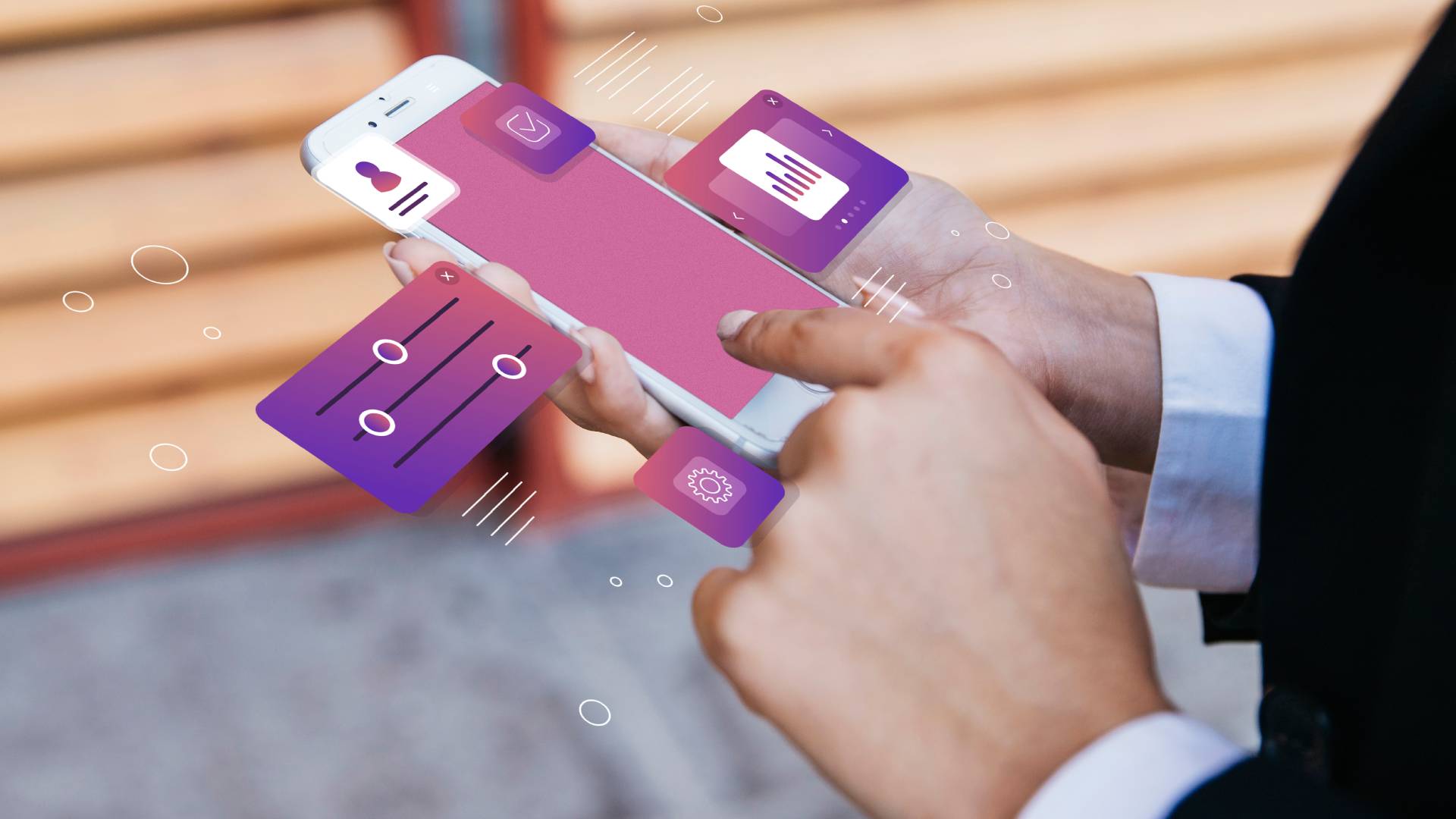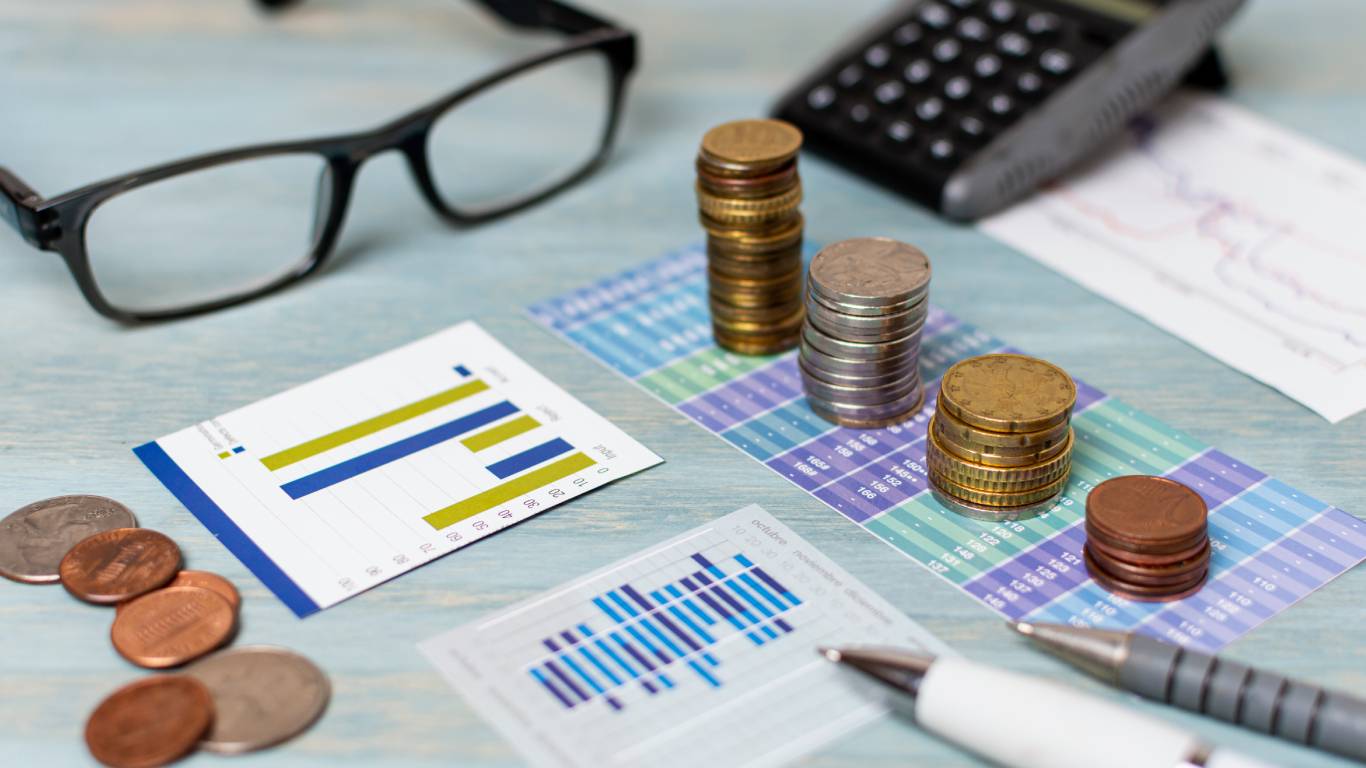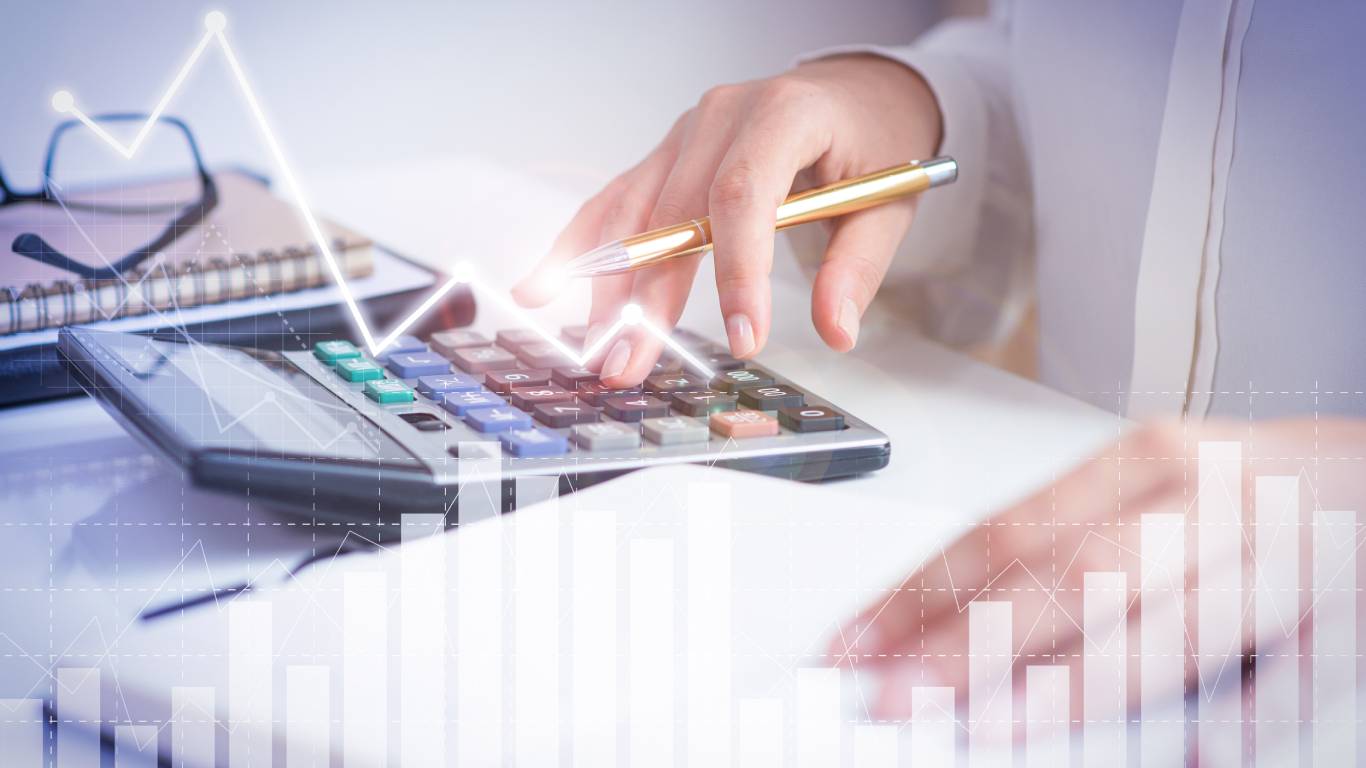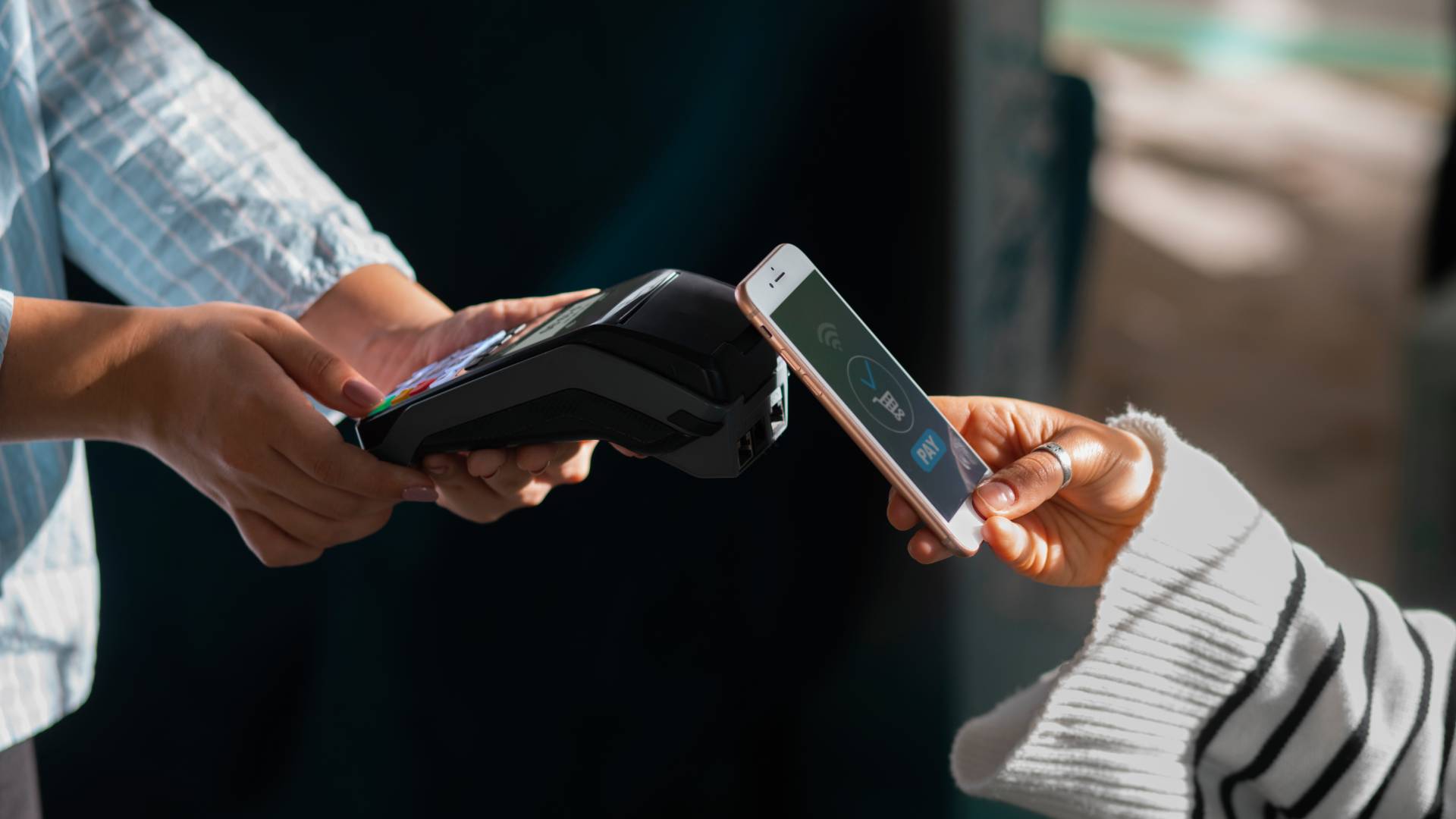
Contactless Payments: What to Know about it
Contactless payments have rapidly transformed the way people pay for goods and services, offering a fast, secure, and convenient alternative to traditional cash or card transactions. Using technologies like Near Field Communication (NFC), consumers can simply tap a card, smartphone, or wearable device on a payment terminal to complete a transaction—without physical contact. As digital payments continue to evolve, contactless methods are becoming a standard part of everyday financial interactions.
One of the biggest benefits of contactless payments is speed. Transactions typically take just seconds, making them ideal for busy environments like grocery stores, transit systems, or cafés. This efficiency reduces wait times and improves the overall customer experience. Additionally, contactless payments limit the need to touch cash or card readers, promoting better hygiene and reducing the risk of spreading germs—a feature that became particularly valuable during the COVID-19 pandemic.
Security is another important advantage. Contactless transactions use encrypted data and dynamic codes, which are far more secure than magnetic stripe cards. Unlike traditional methods, contactless payments don’t store actual card numbers on devices or transmit them during transactions. This makes it harder for fraudsters to steal sensitive information. Most contactless systems also include protections like transaction limits and biometric authentication to further ensure safety.
To use contactless payments, you’ll need a compatible device—such as a contactless debit or credit card, smartphone, smartwatch, or fitness tracker—and a retailer that supports NFC terminals. Popular digital wallets like Apple Pay, Google Pay, and Samsung Pay allow users to add cards and make payments securely with just a tap or scan. Many banks and financial institutions now offer contactless cards by default, making it easier for consumers to adopt this technology.
Despite their convenience, contactless payments have limitations. Not all merchants, especially in rural areas or small businesses, may support NFC technology. Additionally, some users may be concerned about privacy and unauthorized use, although features like transaction alerts and device locking provide extra layers of protection. As with any payment method, it’s important to monitor your accounts regularly and report suspicious activity promptly.
In conclusion, contactless payments are reshaping modern commerce with their blend of speed, security, and simplicity. As more retailers and consumers adopt this method, it’s becoming a valuable part of the digital payment ecosystem. Understanding how it works and its potential risks helps you make the most of this innovation while protecting your financial information. If you haven’t already explored contactless payment options, now is a great time to embrace this smart, future-ready payment method.








